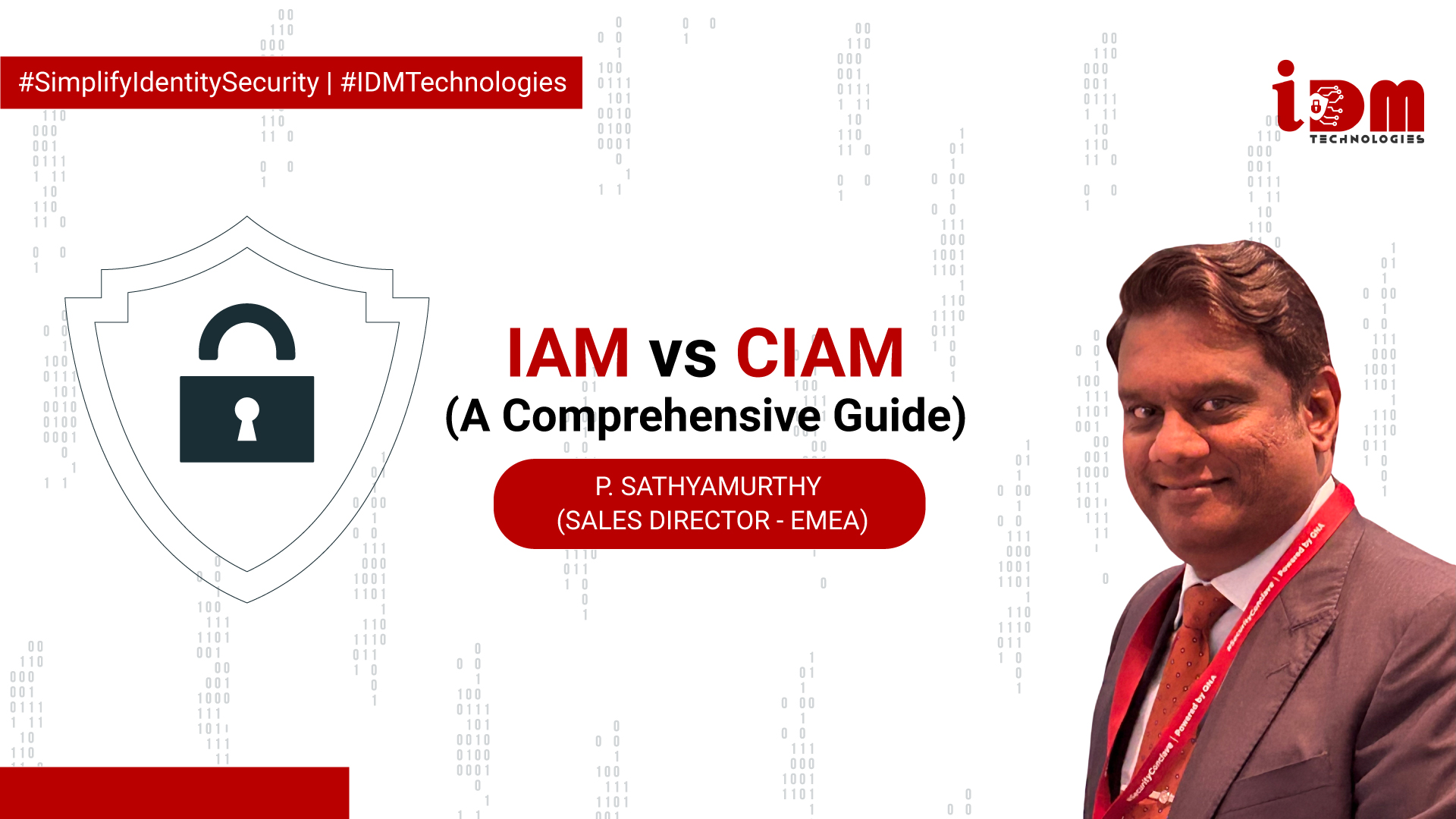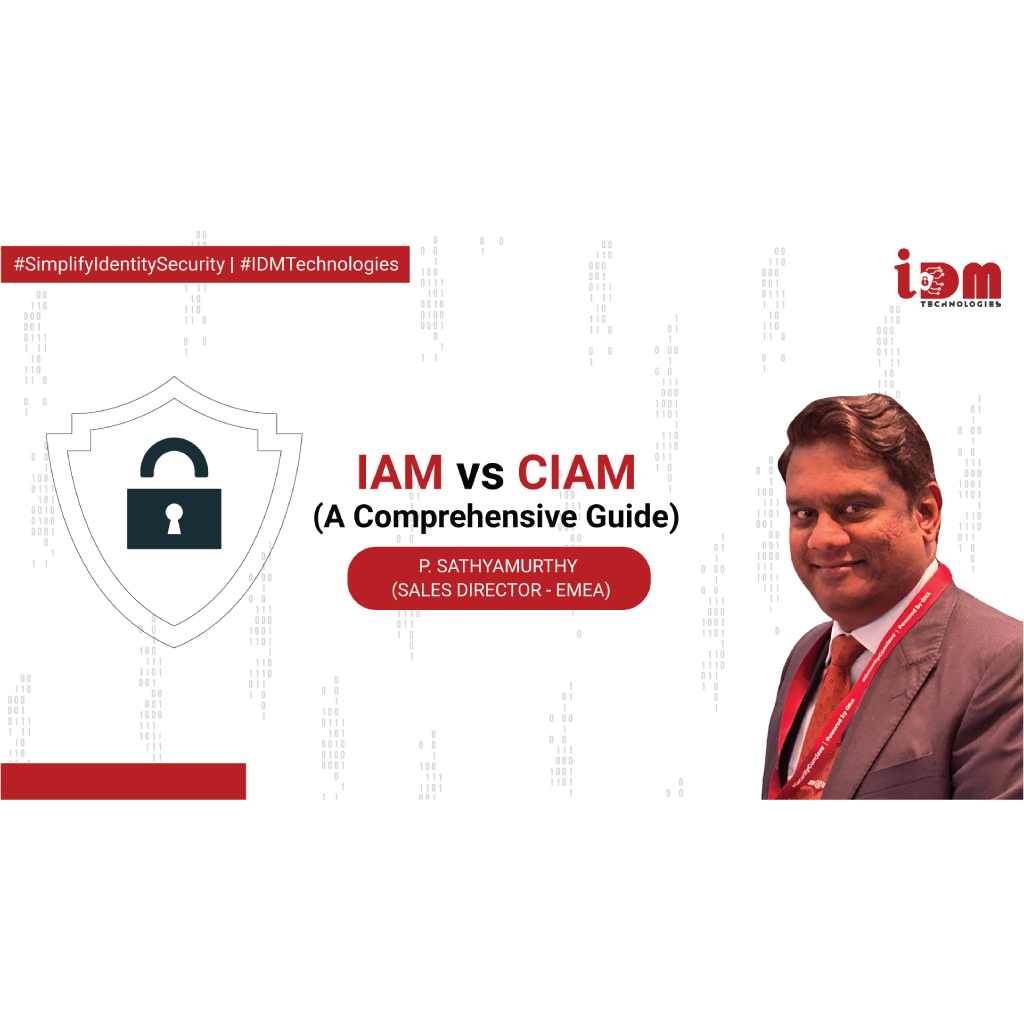
In the dynamic landscape of digital identity management, two terms that often surface are Identity & Access Management (IAM)) and Customer Identity & Access Management (CIAM). While they share similarities, understanding the nuances between IAM and CIAM is crucial for businesses looking to fortify their online presence. In this blog post, we will delve into the key differences, highlighting the significance of CIAM in today’s customer-centric era.

In the dynamic landscape of digital identity management, two terms that often surface are Identity & Access Management (IAM)) and Customer Identity & Access Management (CIAM). While they share similarities, understanding the nuances between IAM and CIAM is crucial for businesses looking to fortify their online presence. In this blog post, we will delve into the key differences, highlighting the significance of CIAM in today’s customer-centric era.
IAM, or Identity & Access Management, is a broad term encompassing strategies and technologies designed to ensure secure access to an organization’s systems and data. Traditionally, IAM has been internal-facing, focusing on managing employees’ access to resources within an enterprise. It involves authentication, authorization, and privilege management to safeguard sensitive information.
CIAM, on the other hand, stands for Customer Identity & Access Management. As the name suggests, it has a more customer-centric focus. CIAM is an evolution of IAM tailored specifically to meet the unique needs of businesses interacting with external users, such as customers, partners, and vendors. The primary goal of CIAM is to enhance user experience while maintaining robust security protocols.
User Scope
Authentication Methods
Use Cases
Scalability
In the era of digital transformation (DT), where customer experience (CX) reigns supreme, CIAM emerges as a strategic asset for businesses. By prioritizing user-friendly interfaces, diverse authentication methods, and robust security measures, CIAM ensures that customers feel secure and valued throughout their interactions with a brand.
IAM and CIAM may share the same acronym, but their objectives and scopes differ significantly. While IAM focuses on internal workforce identity management, CIAM takes the reins in the customer-centric realm. As businesses increasingly recognize the importance of delivering exceptional digital experiences, adopting CIAM becomes a pivotal step in building trust, loyalty, and long-term customer relationships. Stay tuned for more insights into the evolving landscape of Identity & Access Management (IAM).
Our experts will be in touch with you shortly.